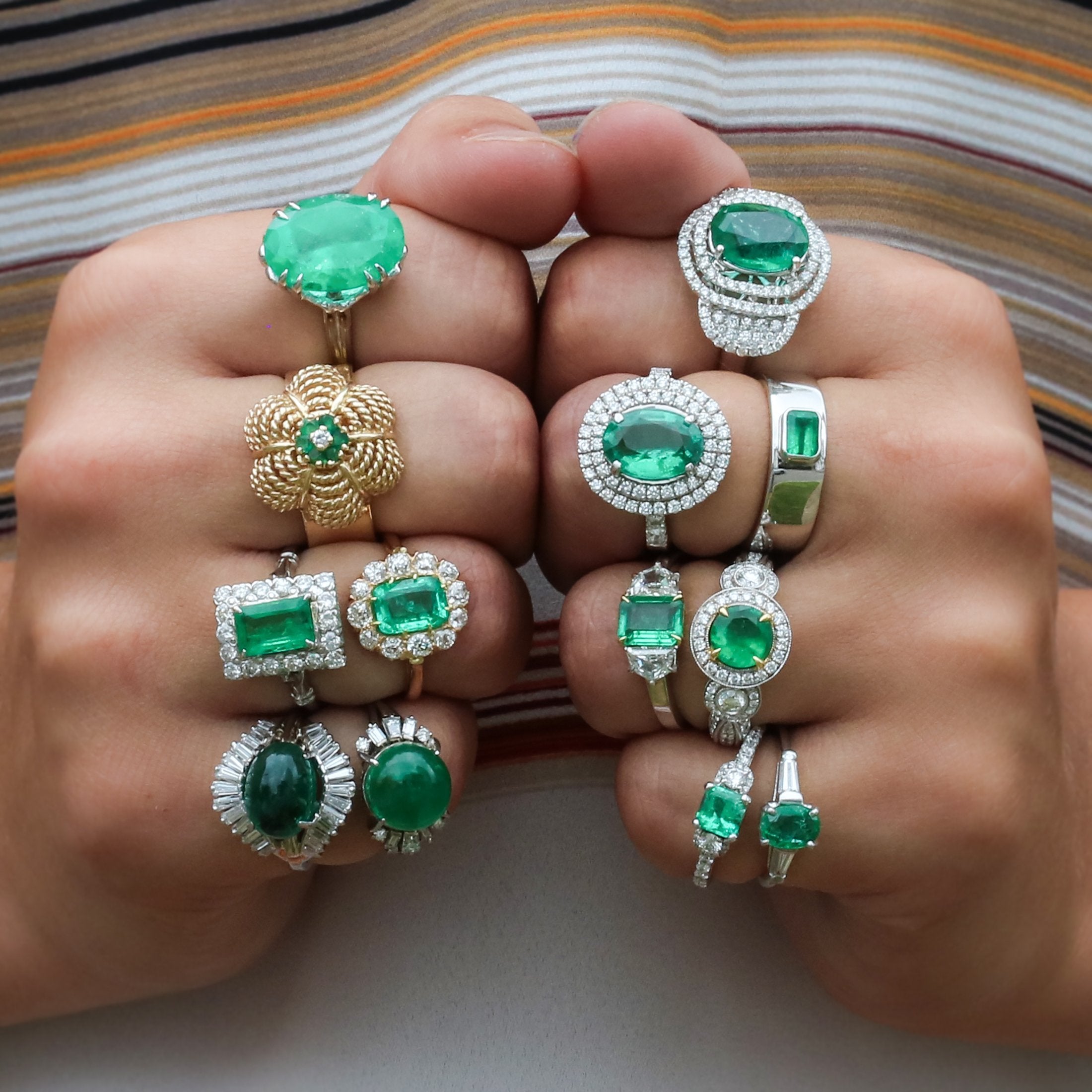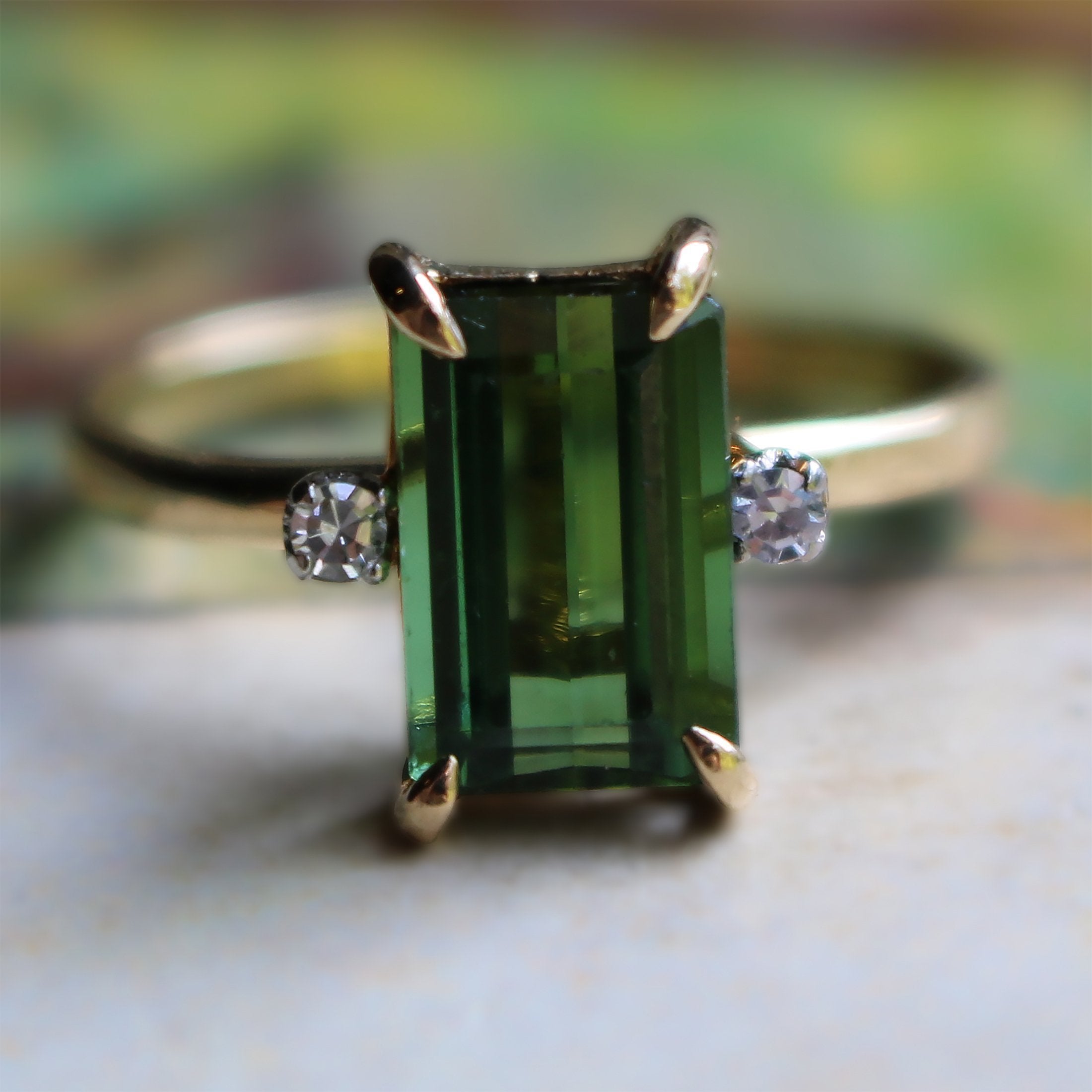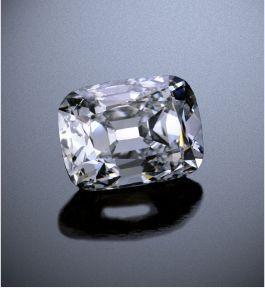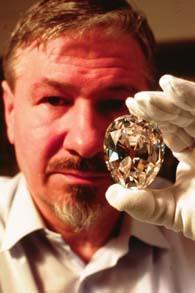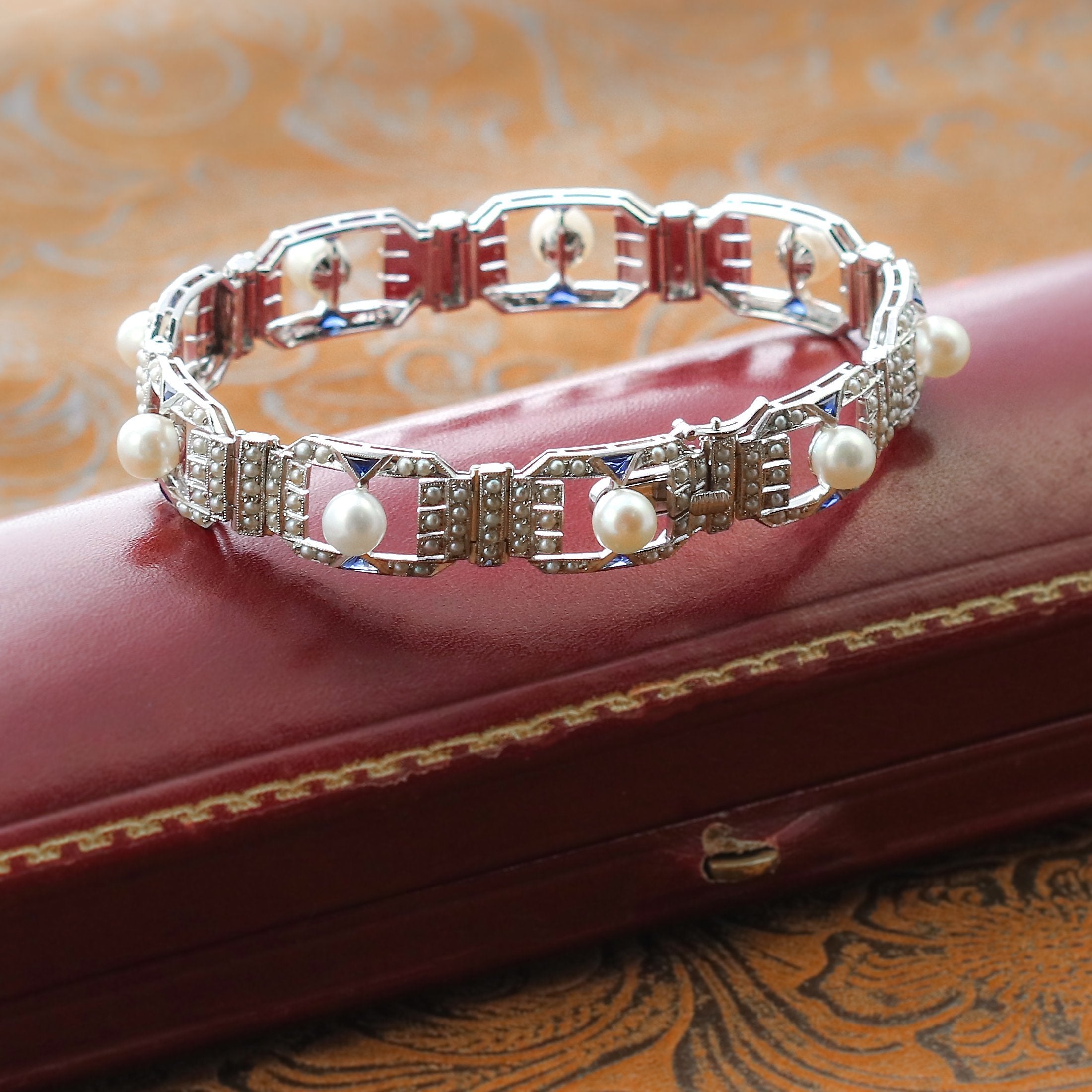Article by: Joseph Denaburg
Everyone knows that diamonds are rare, but the very finest diamonds are even more incredibly scarce. Large diamonds with a near perfect standard of color and clarity come on the market once in a blue moon. That was the case on the 13th of November when the stunning 76.02-carat Archduke Joseph Diamond was sold at auction for more than 20m Swiss frank ($21,474,525 USD including commission).
The Archduke Joseph Diamond is one of the most famous, most flawless and most stunningly beautiful diamonds to come on the market in recent years, so it is no surprise that the final sale price broke records for the per-carat price for a colorless stone.
The diamond is generally regarded as the world’s finest cushion cut, with a dazzling standard of brilliance. It is internally flawless, and completely colorless. The Archduke Joseph Diamond is the largest completely colorless and internally flawless diamond to ever be rated by the Gemological Institute of America.
This diamond isn’t just a stunning gem: it also has an impeccable historical pedigree. The extremely high sale price of the diamond is no doubt at least partly indicative of the historical interest behind the stone and its regal lineage.
It was originally excavated from the famous Golconda mines in South Central India. Golconda is known as the origin of some of the world’s finest and most famous diamonds, including the Koh-i-Noor, the centerpiece of Britain’s crown jewels, and the famous Blue Hope diamond.
From there it fell into the hands of Archduke Joseph August of Austria, a Prince of the Hungarian line of the Hapsburg dynasty. As the first recorded owner, the diamond bears his name. He passed it on to his son, who secreted it away in a Hungarian bank vault.
The diamond was then sold to a French banker, who managed to keep it hidden throughout the entirety of World War 2. The next time it surfaced was at auction in 1961, and then again in 1993 where it was bought by Alfredo Molina, CEO of Black, Starr, and Frost jewelers, for around $6.4m USD. It has proven to be a very wise investment for Mr. Molina, who has more than tripled his money in the recent sale.
After his purchase, Mr. Molina took the brave decision to have the diamond re-cut and polished using modern day technology. This shaved several carats off the weight of the diamond, but greatly improved the symmetry and clarity of the stone. It is reasonably unusual to tamper with such a historically significant stone, but as a jewelry expert Mr. Molina felt his company could improve it. It seems he has been proven correctly by the diamond’s exceptionally high sale price.
Speculation is rife about who the new owner of this spectacular stone is. Christies of Geneva, the auction house where it was sold, is remaining tight lipped as to the buyers identity. They aren’t even saying which country the diamond will be going to. However rumor has it that is that the buyer will be donating it to a museum where a wider audience can enjoy it.
Everyone knows that diamonds are rare, but the very finest diamonds are even more incredibly scarce. Large diamonds with a near perfect standard of color and clarity come on the market once in a blue moon. That was the case on the 13th of November when the stunning 76.02-carat Archduke Joseph Diamond was sold at auction for more than 20m Swiss frank ($21,474,525 USD including commission).


